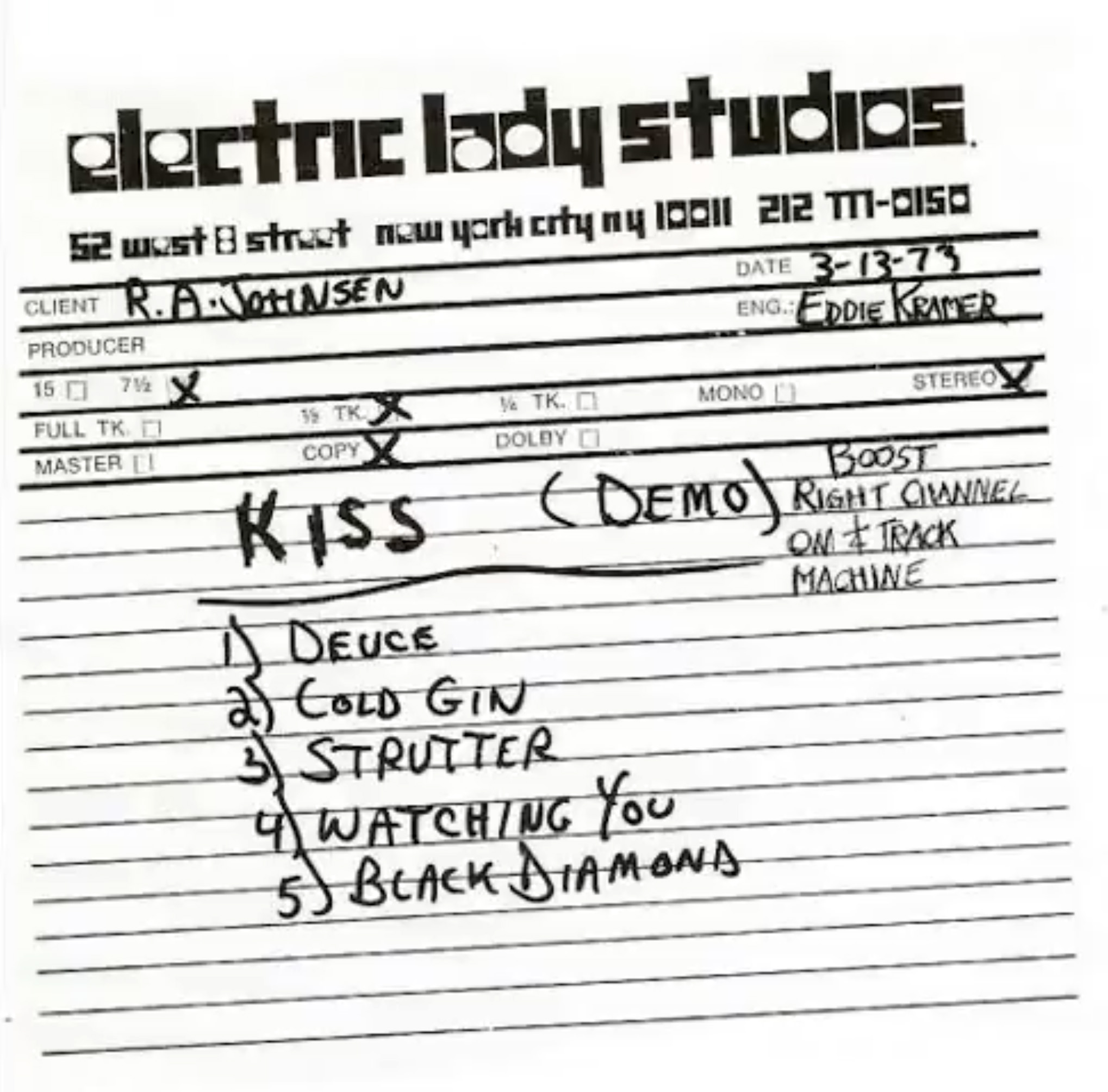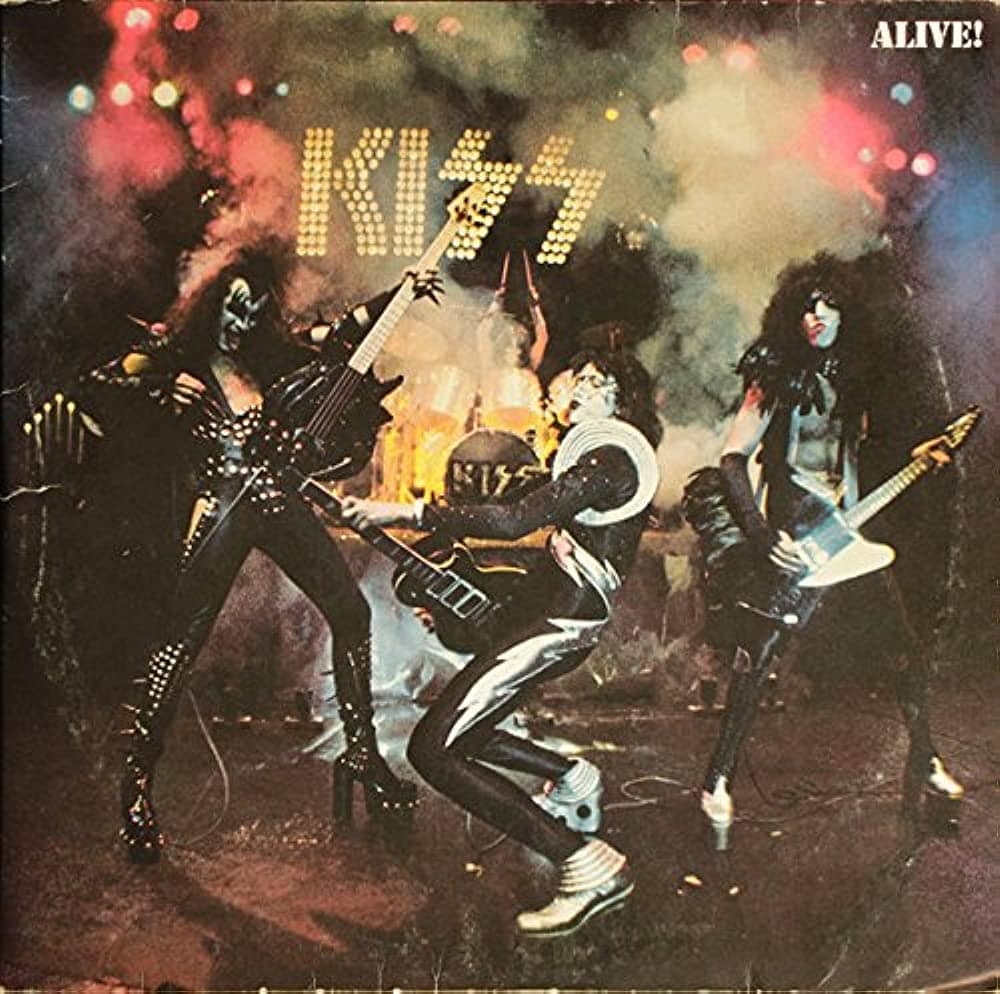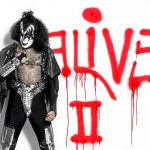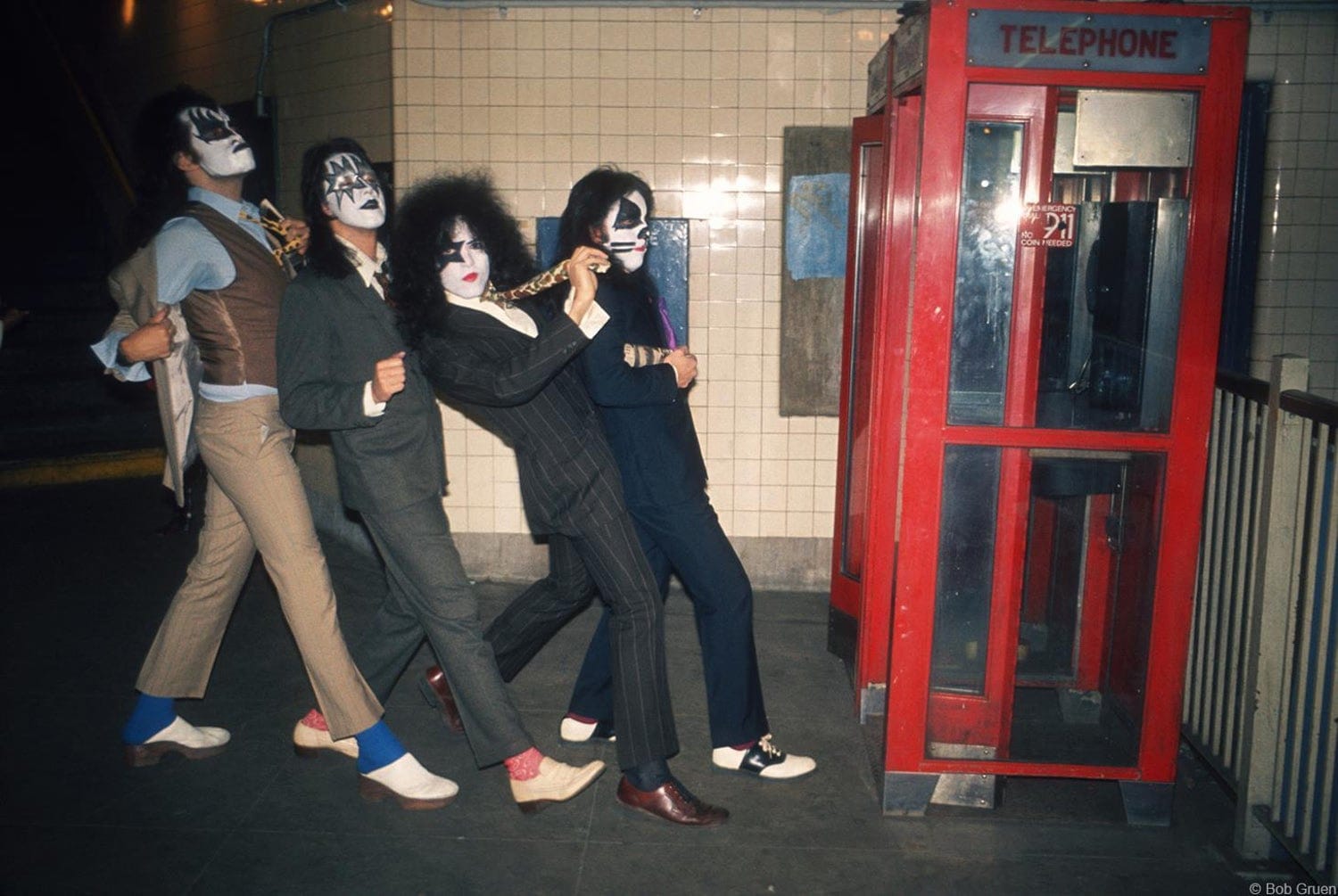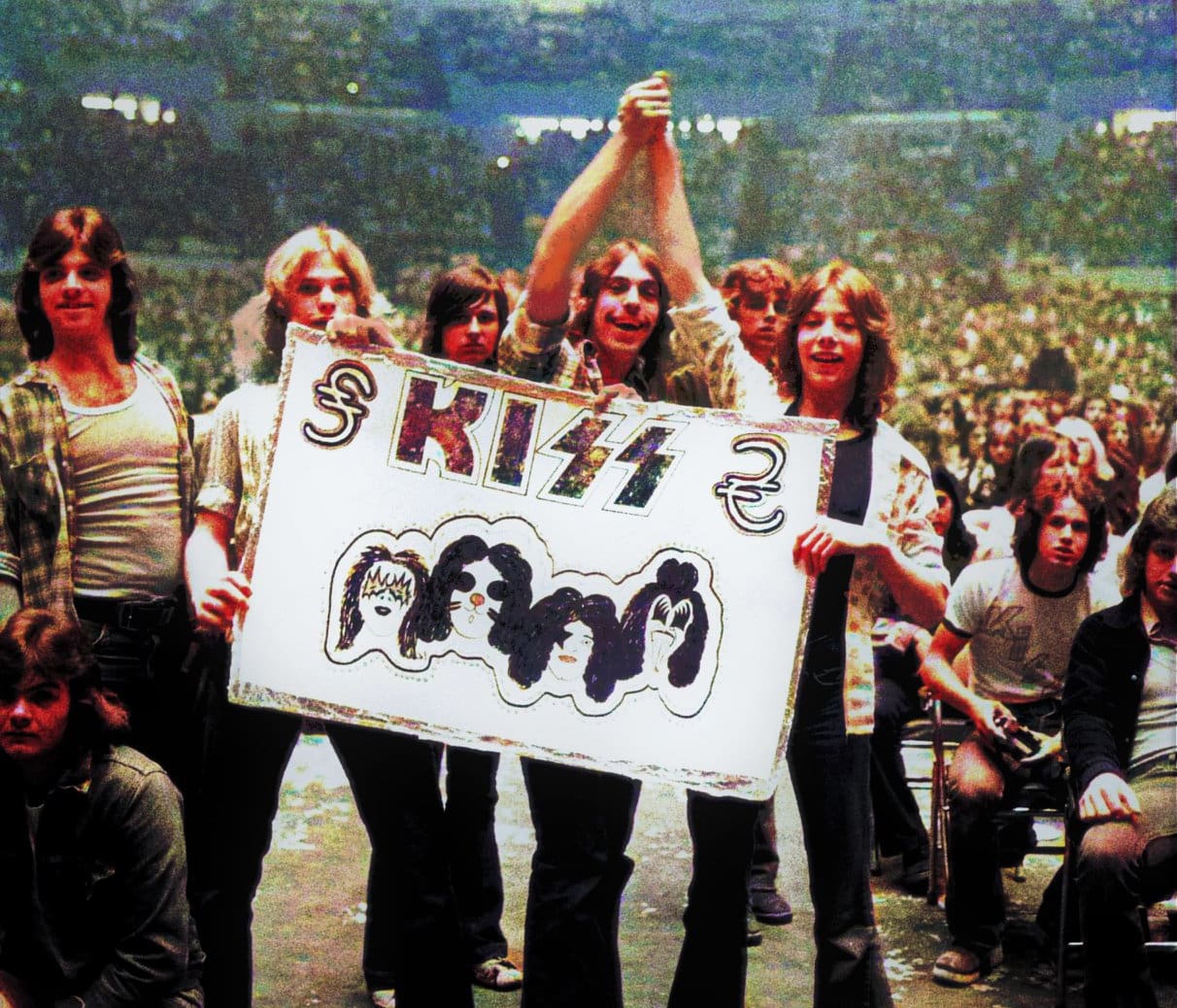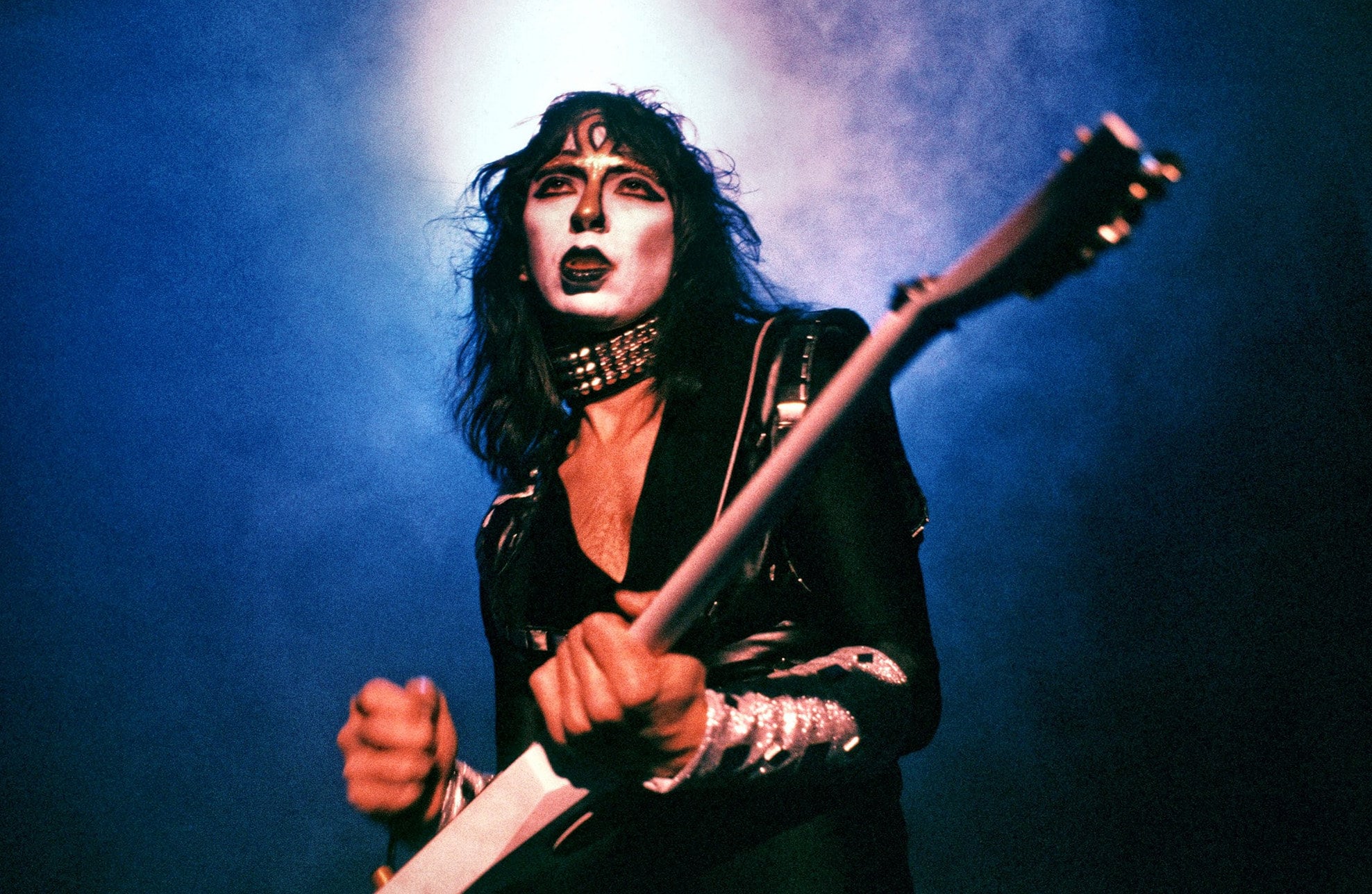On 13. March 1973, Kiss recorded their first demo with Eddie Kramer at Electric Lady Studios, New York. The songs were “Deuce”, “Cold Gin”, “Strutter”, “Watchin’ You” and “Black Diamond”.
Paul Stanley:
“We put down pretty much who we were. It was like a musical manifesto. The demo is much rawer than the first album. In many ways I don’t think anything captured the magnitude of what we were doing just in terms of its sonic scope.”
– “Nothin’ to lose: The making of KISS (1972-1975)” by Ken Sharp
Eddie Kramer:
“The demo was done at Electric Lady. They had done an album as Wicked Lester and it wasn’t very good unfortunately and it went straight down the toilet. Gene and Paul were trying to figure out what to do next and they thought they’d be a heavy rock band. It was Gene and Paul’s concept. Their producer asked me if I’d do a demo as my scene was the Heavy Rock stuff so I said yes. I put them in Studio B and recorded a four-track demo with them and that ended up getting them their record deal. I thought it was brilliant. They were wonderful.”
– Metal Express radio
Dave Wittman:
“The first KISS demo was done on four-track, the same way that the Beatles did Sgt. Pepper. It was done pretty much live except for the vocals and solos. The demo was good—they were really tight.”
– “Nothin’ to lose: The making of KISS (1972-1975)” by Ken Sharp
Eddie Kramer:
“We recorded it in Studio B, which is a tiny studio. It’s a tribute to them as performers that even though they were fairly primitive musically in the beginning of their career they played in a fairly tight manner. KISS had obviously done their homework and rehearsed. We did it very quickly in a matter of a couple of days. Ace impressed me as a player. Right off the bat I could tell he was a pretty talented guitar player. Peter Criss’s enthusiasm was tremendous. Gene had the concept and Paul was the rock star singer. My game plan was to capture the spirit of the band. It’s like a time capsule in a way. You grab that moment when the energy is at its raw peak and try not to overembellish. You want to capture the vibe. And that’s the trick. I was very fortunate I was able to do that with KISS on that demo.”
– “Nothin’ to lose: The making of KISS (1972-1975)” by Ken Sharp

